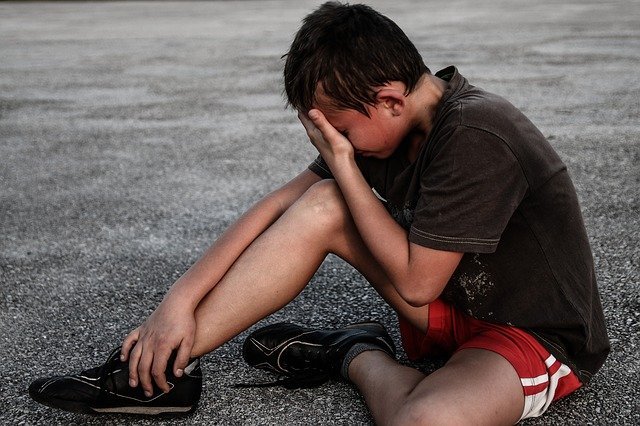
Growing children often suffer from growing pains. They complain of dull pains in the muscles, thighs, calves, feet, and rarely in the arms and hands.
Growing pains are particularly noticeable in the evening when the child is resting or sleeping. Acute muscle cramps are rather rare.
Homeopathy can support children and young people in this phase. Homeopathic remedies are intended to relieve pain and regulate the growth phase.
Homeopathy can support children and young people in this phase. Homeopathic remedies are intended to relieve pain and regulate the growth phase.
Which homeopathic remedies help?
Physical symptoms are described below. Choose a homeopathic remedy for growing pains that best suits your situation.
Phosphoric acid
Children complain of mostly tearing or tearing growing pains in the bones and joints.
Guajacum
Lower limb pain in children and adolescents during growth. Cold applications relieve the pain. Local applications, on the other hand, make it worse.
Calcium phosphoricum
The number one remedy for growing pains associated with school headaches and overwork at school. Worse in cold and change of weather. Better in warmth and in the open air.
Causes of growing pains
There is no evidence that waxing can be painful. So you don’t know exactly what causes the growing pains. It is assumed that the ligaments and tendons are stretched, which cannot grow as quickly during the growth spurt.
Symptoms of growing pains
Pediatricians speak of growing pains when the pain occurs in the evening or during the night after an active day and is gone the next morning.
Further indications of growing pains are wandering pain (changing sides) and a fluctuation in the duration of the pain. Growing pains do not cause swelling, redness, fever, or chills.
Further tips and information on treatment
Growing pains should be taken seriously by parents. However, if the pain is severe or lasts longer than two weeks, parents should definitely consult a doctor to rule out serious diseases of the skeletal system such as bone inflammation or rheumatic diseases. These diseases must be recognized and treated immediately after the so-called exclusion diagnosis.






